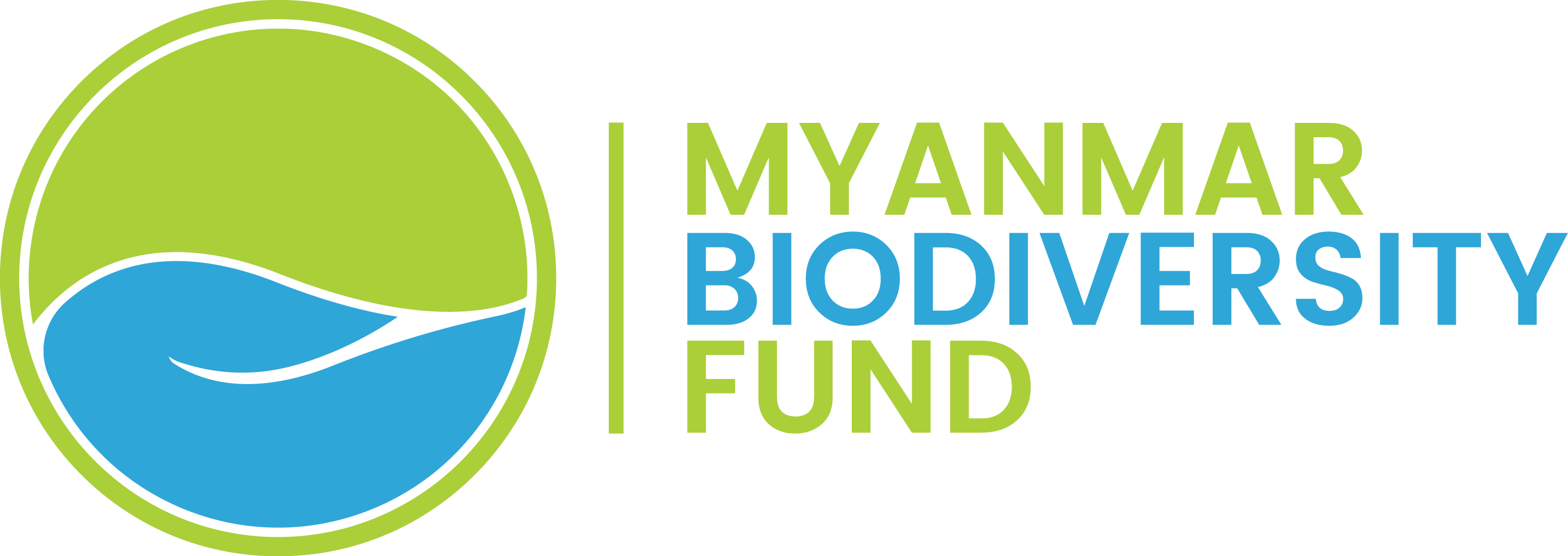
Monitoring Eastern Hoolock Gibbon Density in HMTWS and Its Environment
Eastern Hoolock Gibbons are in danger of extinction. In Myanmar, Hoolock gibbons are rapidly declining at the present time, and are seriously threatened mainly due to direct threats like poaching, indirect threat such as habitat loss and fragmentation due to legal and illegal logging, and the illegal wildlife trade. It is urgently needed to realize the real status of Eastern Hoolock Gibbons, their related habitats and threats they faced. Because of its high-canopy forest dwelling nature, it is a difficult species to survey, and it is important to understand the population trend by doing survey and follow up monitoring program.
Htamanthi area is one of the largest intact forests with conservation efforts to protect wildlife, especially for Asian mega-fauna like Asian elephant Elephax maximus, Tiger Panthera tigris, Gaur Bos gaurus, bear species and forest dwelling primate species like Hoolock Gibbon and Shortridge’s Langur Trachypithecus shortridgei. We have been conducted Survey and Monitoring yearly and protected them from hunting and habitat lost by the law enforcement of NWCD department and protected their home safely. Now, we conducted the gibbon survey inside two public protected forests (PPFs) namely Nam Sa Bi PPF and Hmaw Yone Myaing PPFs located around the Sanctuary which is the key distribution range of Eastern Hoolock Gibbon. In collaboration with the Community Forestry User Groups (CFUGs) from the surrounding villages of Htamanthi Wildlife Sanctuary, we conducted monthly survey and threats monitoring CF areas using Spatial Monitoring and Reporting Tool (SMART), and Hoolock Gibbon survey activities in CF and PPF areas.
We Protected Eastern Hoolock Gibbon in Htamanthi Wildlife Sanctuary by protecting under law enforcement of NWCD and we support technically on SMART (Spatial Monitoring and Reporting Tool). And also, we conduct village awareness program on the Sanctuary surrounded villages.
